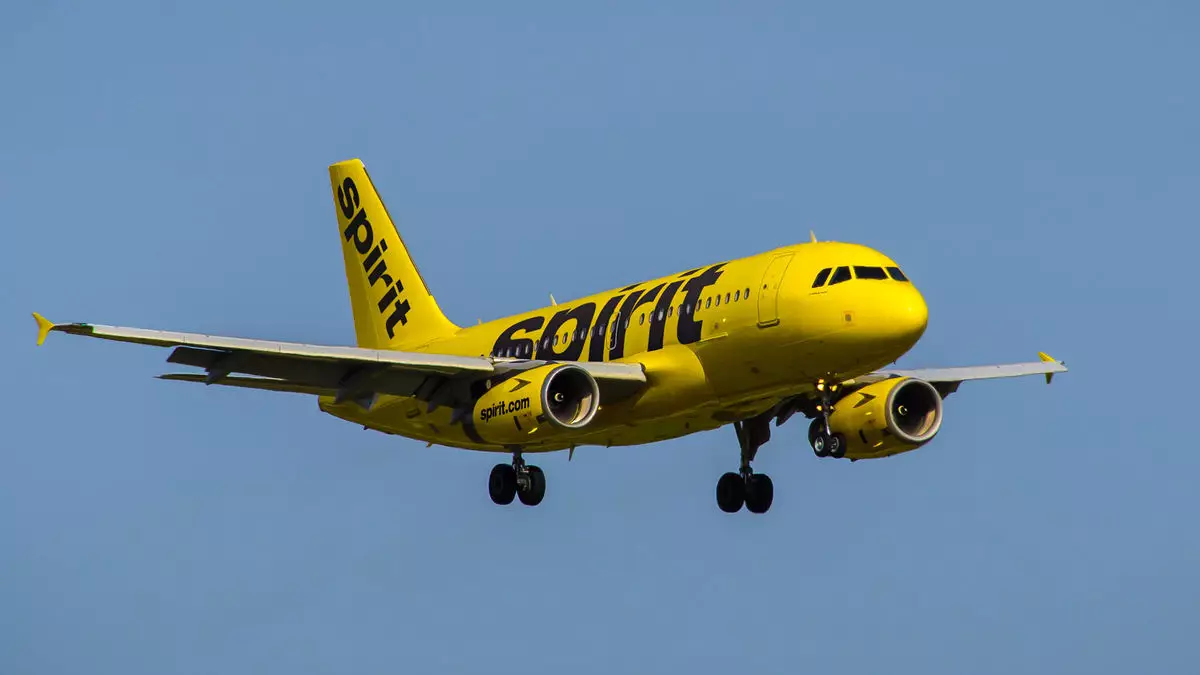On a critical note, Spirit Airlines recently witnessed a notable decline in its stock price, triggered by a report from the Wall Street Journal detailing ongoing discussions with bondholders regarding a potential Chapter 11 bankruptcy filing. This potential move marks a significant concern for investors and industry analysts alike, as the airline grapples with financial instability. While Spirit has refrained from commenting directly on the report, CEO Ted Christie hinted at efforts to address the significant upcoming debt maturities during an earnings call, stating that discussions are ongoing but refusing to delve into specifics. This ambiguity leaves the market in a state of uncertainty, further exacerbating the stock’s downward trajectory.
The impending October 21 deadline imposed by Spirit’s credit card processor looms large over the company, necessitating the refinancing of a staggering $1.1 billion in loyalty program-backed debt over the next year. This pressing obligation comes on the heels of a broader financial picture revealing that Spirit’s long-term debt topped $3.1 billion by the end of the second quarter of this year. Industry insiders speculate that while bankruptcy discussions are becoming more prominent, the likelihood of an imminent Chapter 11 filing is less certain, suggesting that Spirit is exploring alternative, out-of-court restructuring solutions to stabilize its financial health.
Impact of the Pandemic on Spirit Airlines
The financial difficulties faced by Spirit Airlines are deeply rooted in the challenges posed by the COVID-19 pandemic. The airline industry underwent a seismic shift in consumer behavior, with travelers gravitating towards more premium and comfortable flying experiences over budget-friendly options. This trend has hit Spirit hard, resulting in an operating loss of $360 million in the first half of the year. Overall, the airline’s operating losses have reached an alarming $496 million this year, reflecting the need for a strategic pivot in their service offerings.
Compounding these financial woes is the failed merger attempt with JetBlue, which was blocked early this year by the U.S. Department of Justice. This setback prevented Spirit from potentially shoring up its resources and customer base through consolidation, forcing the airline to seek alternative means of financial recovery. One of these measures includes a substantial reduction in routes, with Spirit planning to cut between 50 to 60 routes for the upcoming months as identified in a Deutsche Bank analysis. This crucial decision aims to mitigate losses; however, it may also alienate some of its customer base and diminish its market presence.
Spirit Airlines finds itself at a crossroads, facing immense pressure from bonds, looming deadlines, and evolving market dynamics. While the management is cautiously optimistic about restructuring efforts, the persistent losses combined with recent setbacks signal challenges that may take considerable time and effort to overcome. Stakeholders eagerly await further updates on the company’s situation, hoping for clarity from Spirit’s leadership as they navigate these turbulent financial skies. An agile and informed response will be essential to restore investor confidence and achieve a sustainable recovery.

